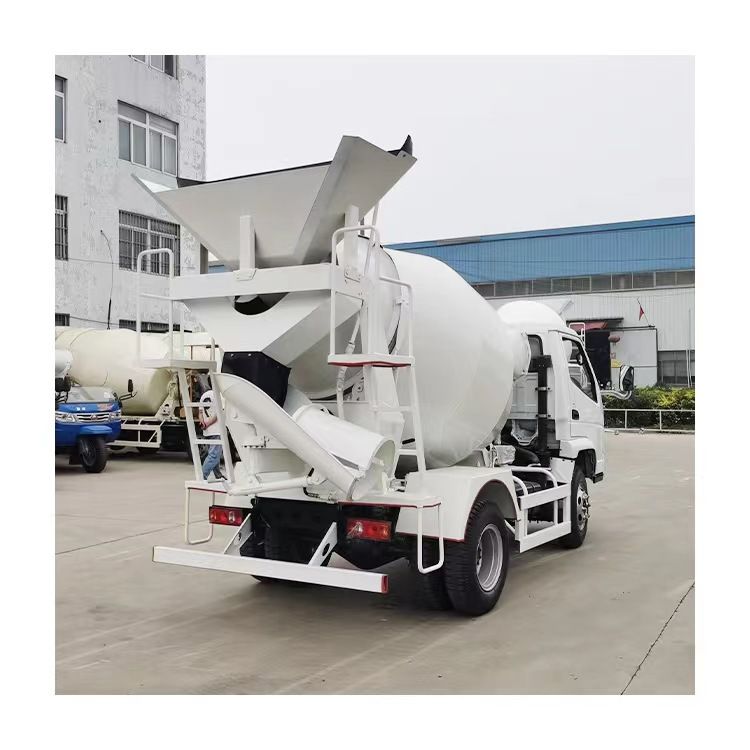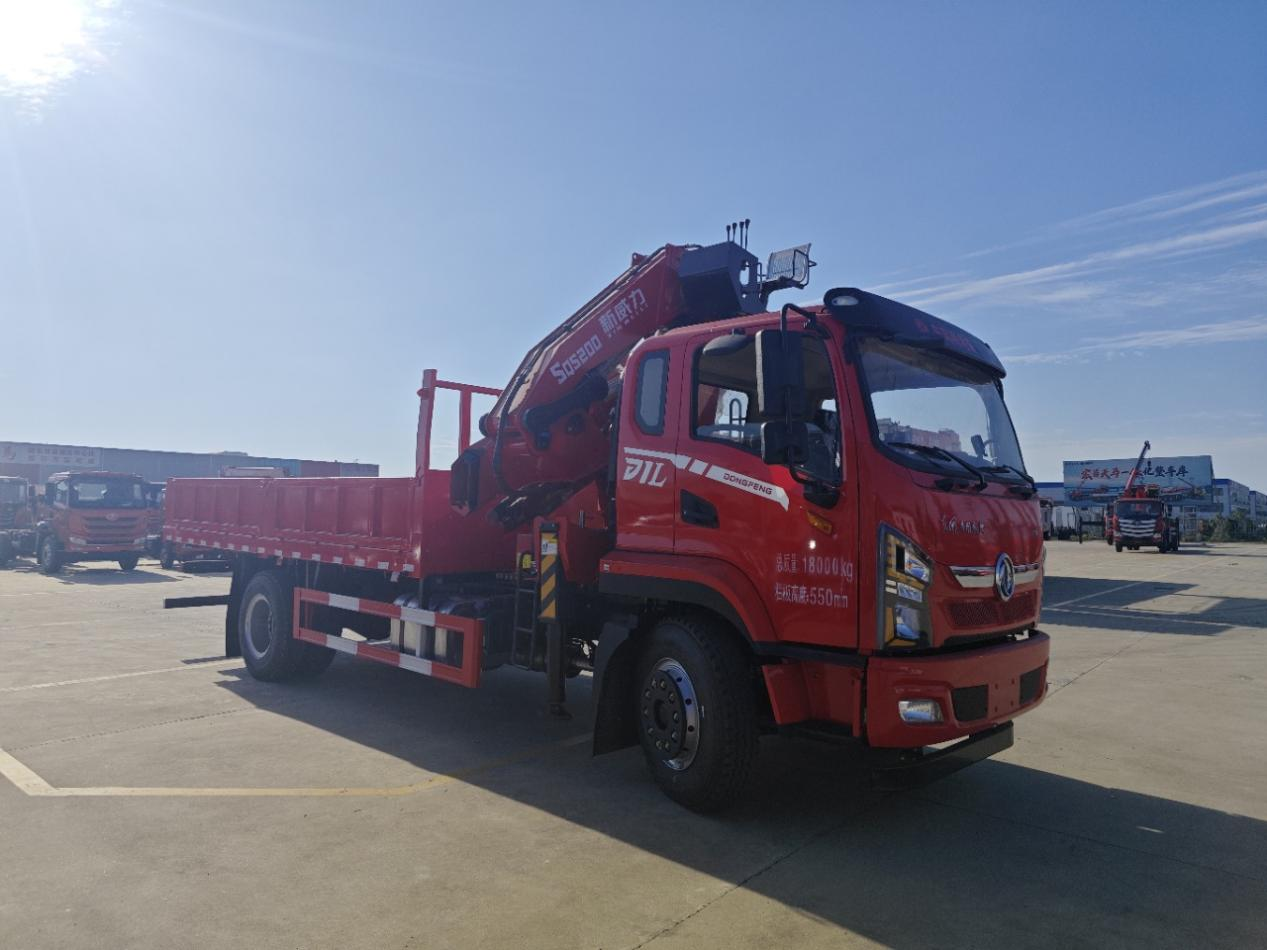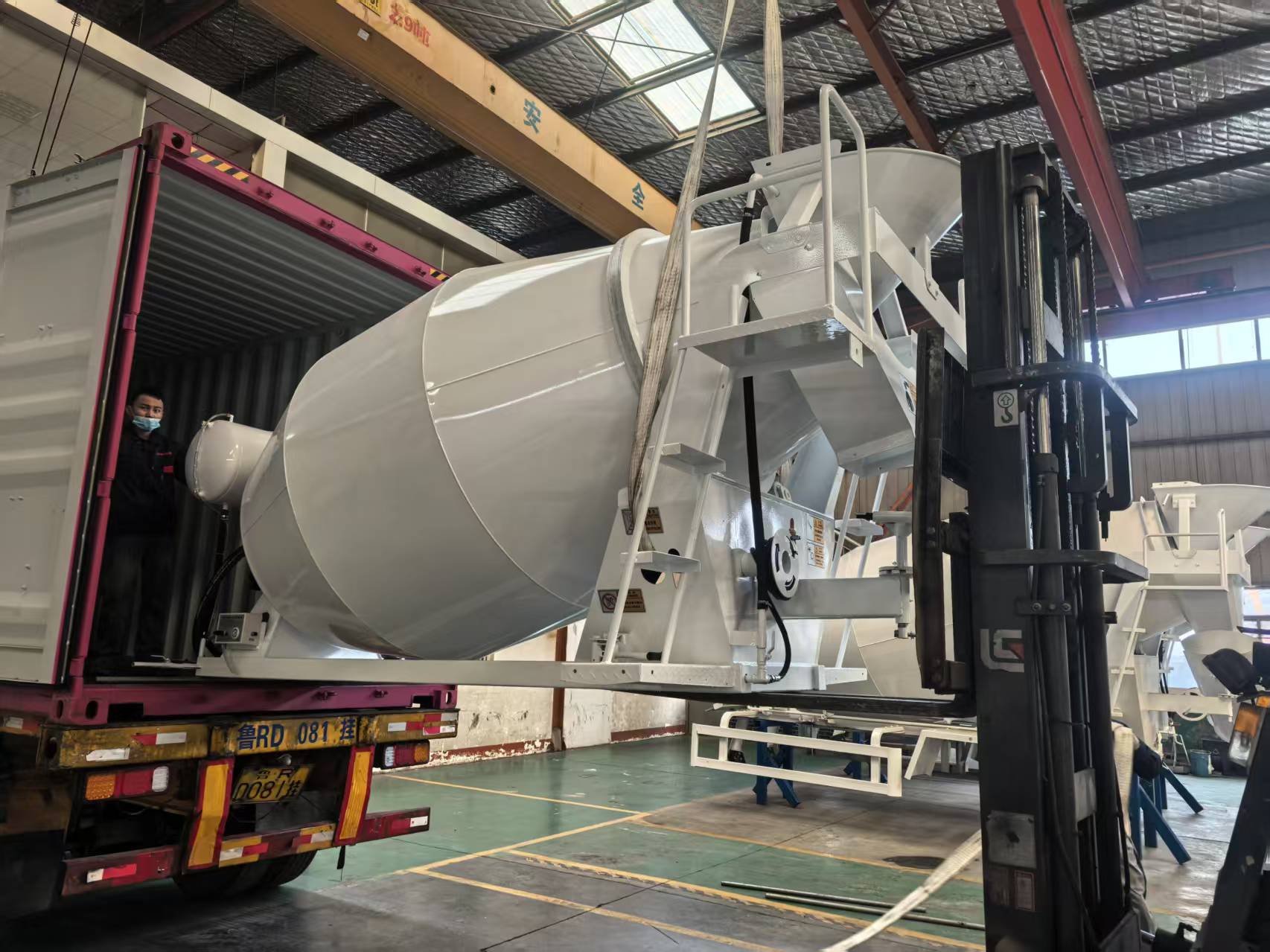BLOG
Maximize Uptime with This 3TON Folding Arm Truck Crane Care Plan
Maximize Uptime with This 3TON Folding Arm Truck Crane Care Plan
Is your 3TON Folding Arm Truck Crane operating at peak performance? Our comprehensive Folding Arm Crane Maintenance Schedule is designed to maximize uptime and extend equipment lifespan. Discover how proper care can prevent costly downtime while improving safety and efficiency for your heavy construction projects. Whether you're a fleet manager or equipment operator, this guide provides actionable insights tailored for technical and business evaluators in the engineering machinery sector.
Why a Structured Maintenance Schedule is Non-Negotiable
Heavy equipment like the 3TON Folding Arm Truck Crane operates under extreme conditions, making adherence to a Folding Arm Crane Maintenance Schedule critical. Without regular inspections, lubrication, and component replacements, wear and tear can lead to catastrophic failures. Studies show that unplanned downtime costs construction companies an average of $10,000 per hour. Our maintenance plan aligns with ISO 4309 standards for crane wire ropes and ISO 12482-1 for monitoring systems, ensuring compliance while optimizing performance. Key components requiring attention include hydraulic systems (check for leaks every 250 hours), boom articulation points (grease weekly), and load sensors (calibrate quarterly).
Technical Performance Metrics You Can't Ignore
Cost-Benefit Analysis: Preventive vs Reactive Maintenance
For technical evaluators assessing ROI, our data shows preventive maintenance reduces repair costs by 25-30% compared to reactive approaches. A typical 3TON crane requires $1,200 annually for scheduled upkeep versus $4,500+ for emergency repairs after failure. Business evaluators should note that extending equipment lifespan by 3-5 years through proper care translates to $50,000+ in capital expenditure deferral per unit. Consider this alongside our Garbage Truck 9CBM with National VI emission standards for fleet efficiency comparisons.
Industry-Specific Application Scenarios
In bridge construction where cranes operate at maximum reach weekly, our Folding Arm Crane Maintenance Schedule mandates boom angle sensor recalibration every 150 hours – 3x more frequent than general construction sites. For precast concrete handling, hydraulic fluid filtration becomes critical (change every 400 hours instead of 600). These adaptations prevent common failures like:
- Premature hydraulic pump wear from particulate contamination
- Structural fatigue cracks at stress concentration points
- Electrical system corrosion in coastal environments
FAQ: Addressing Evaluators' Top Concerns
Q: How does this differ from OEM manuals?
A: We integrate real-world failure data from 200+ cranes (2018-2023) to optimize intervals – e.g., recommending hydraulic hose replacement at 5 years regardless of appearance based on elastomer degradation studies.
Q: What certification validates your approach?
A: Our protocols meet ASME B30.5-2021 and EN 13000:2010, with third-party verification by TÜV SÜD for high-risk components.
Q: Can this integrate with our existing fleet management?
A: Yes, we provide API-ready maintenance logs compatible with Trimble, CAT Connect, and other telematics platforms.
Why Partner With Our Engineering Experts?
With 15 years specializing in Garbage Truck 9CBM and heavy machinery, we combine manufacturer specifications with field-tested reliability engineering. Our maintenance plans have helped clients achieve 98.5% equipment availability – contact our certified inspectors today for a site-specific assessment.
Leave A Reply
We specialize in Aerial work platform truck, Concrete mixer truck, Truck crane, Concrete mixer Drum, Spider crane, Dumper truck, Road sweeper, Laser levelling machine, Pneumatic crane, Wheel loader and so on.
Contact
Get a Quote



